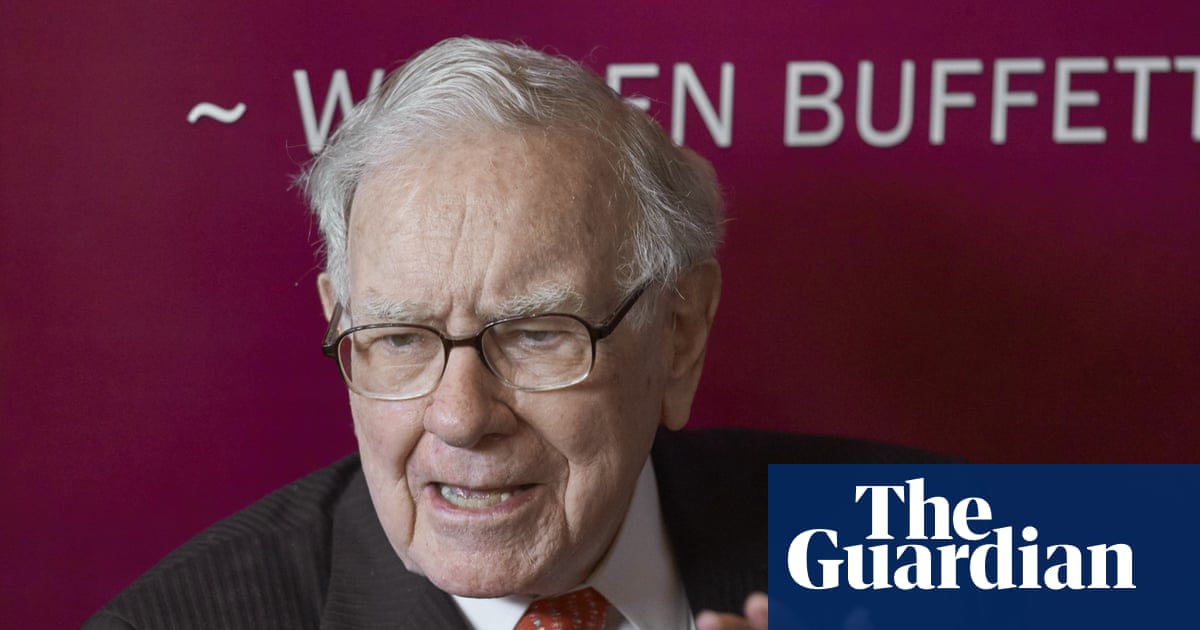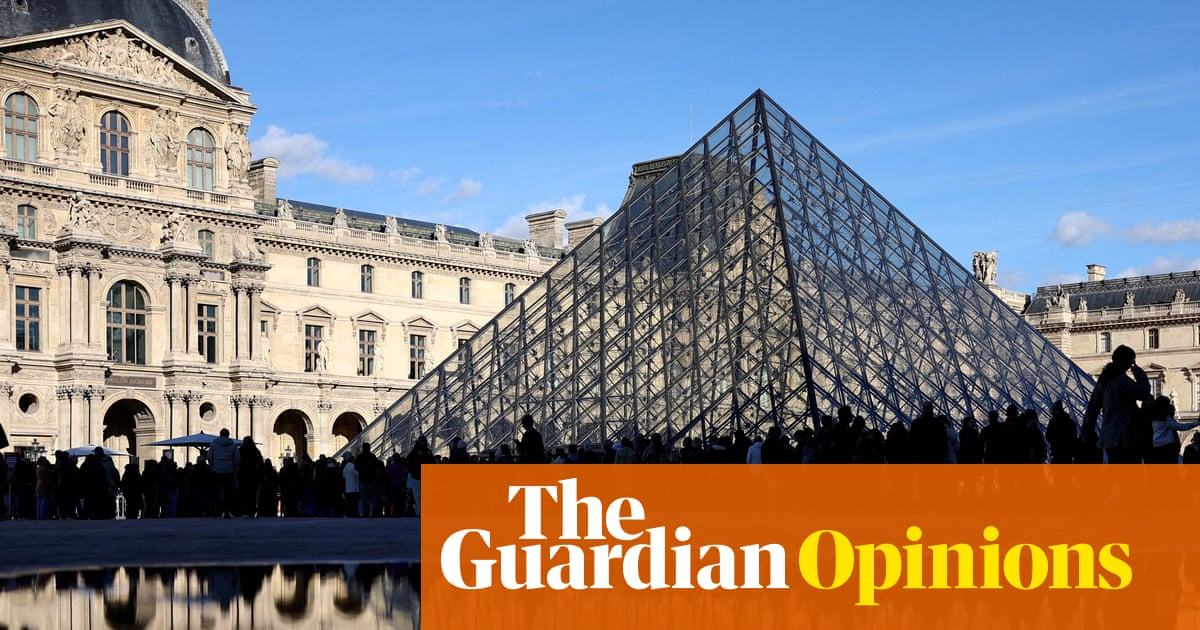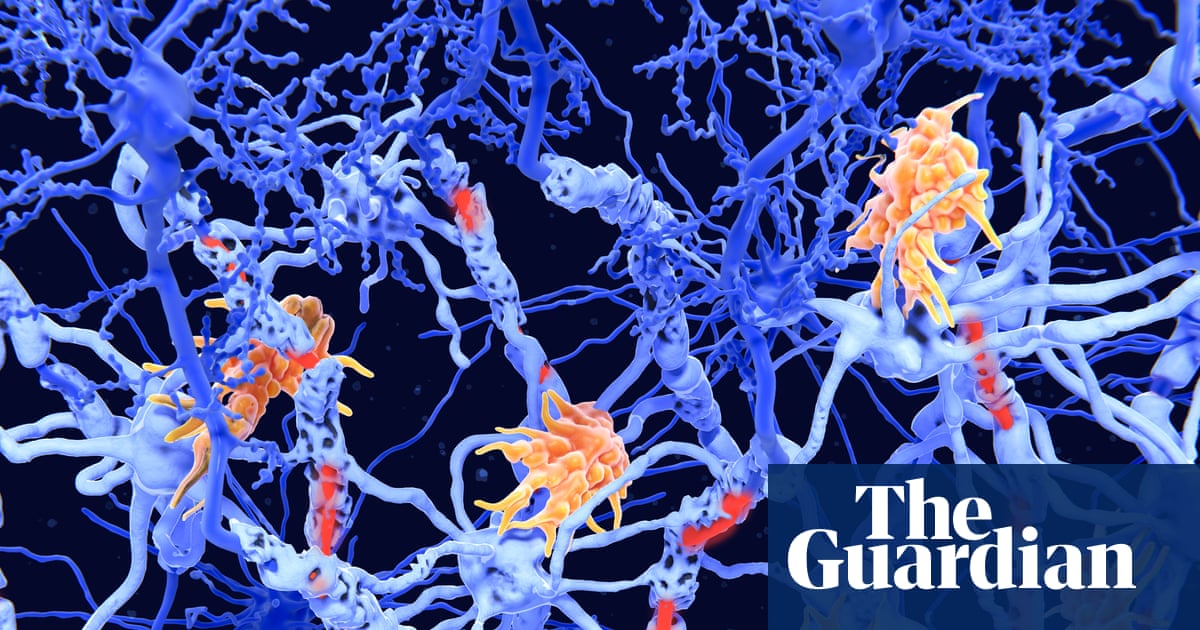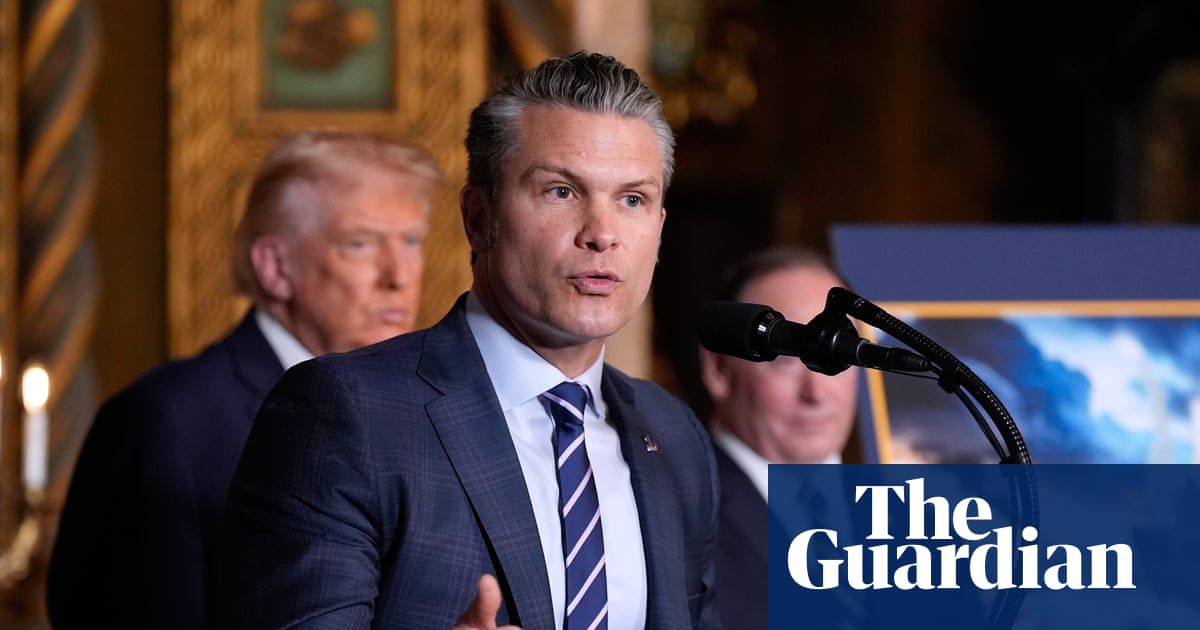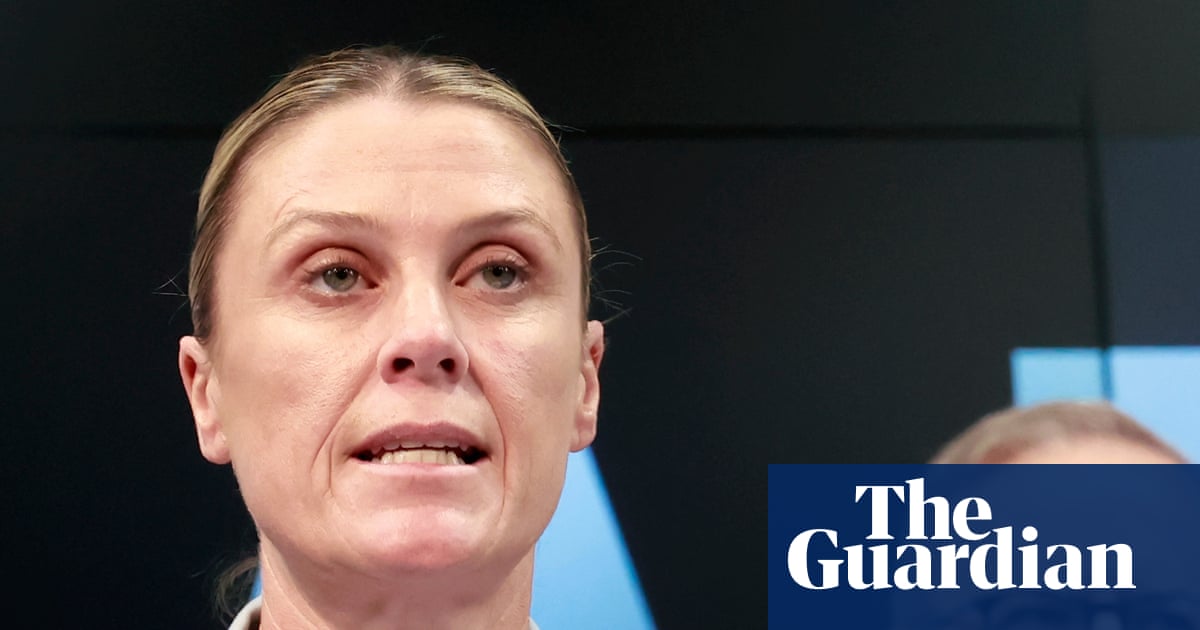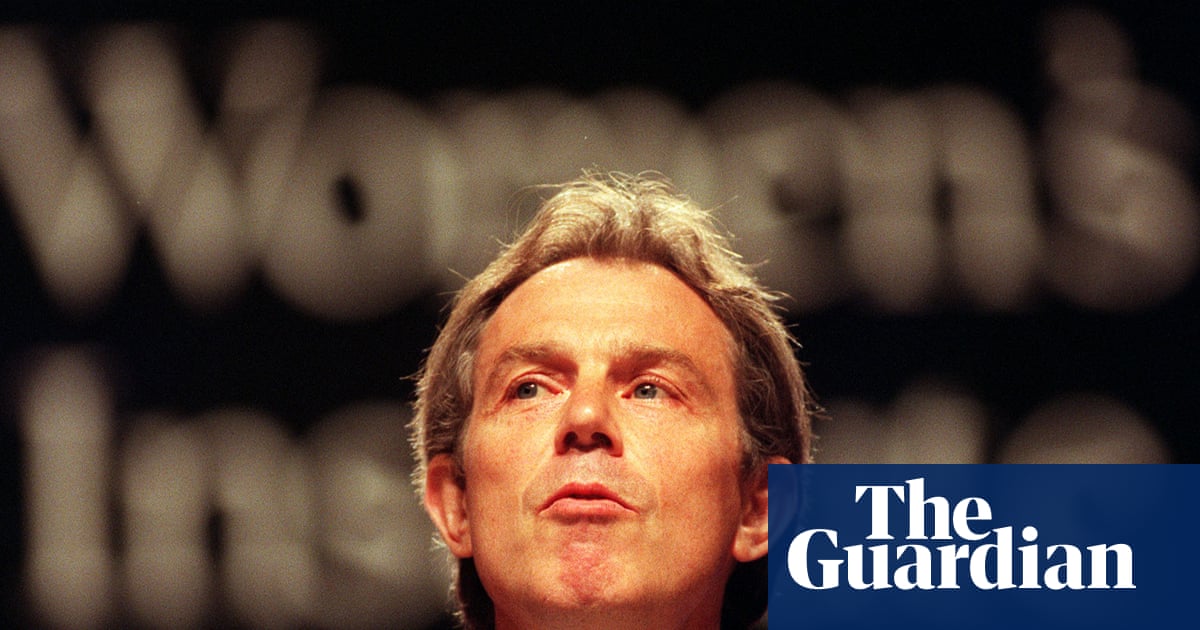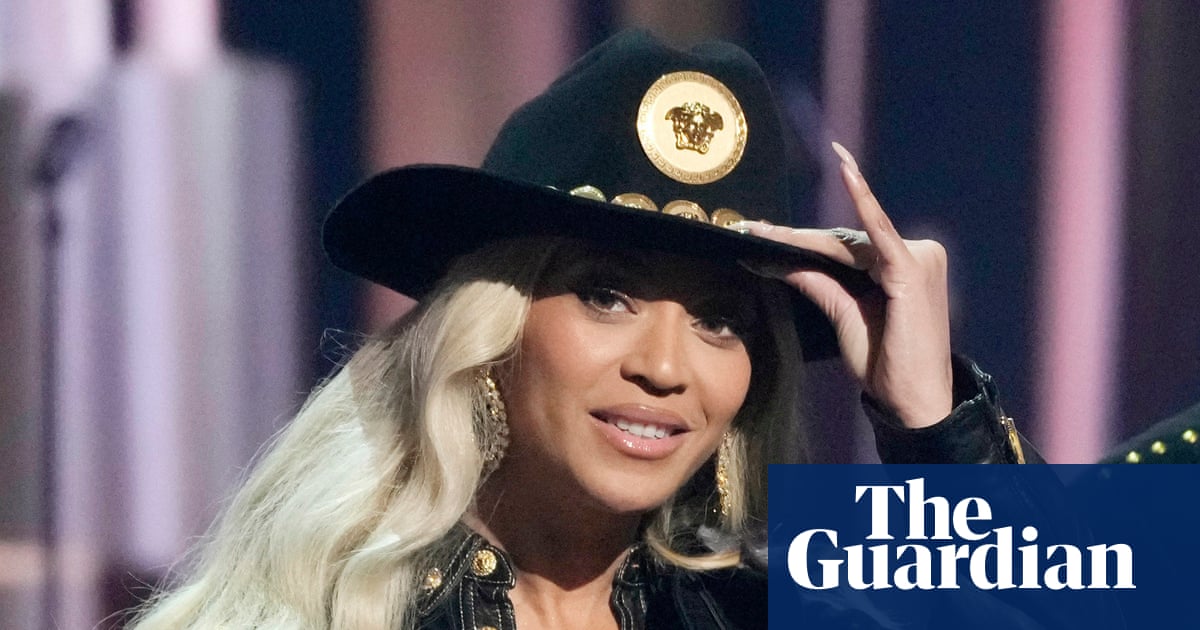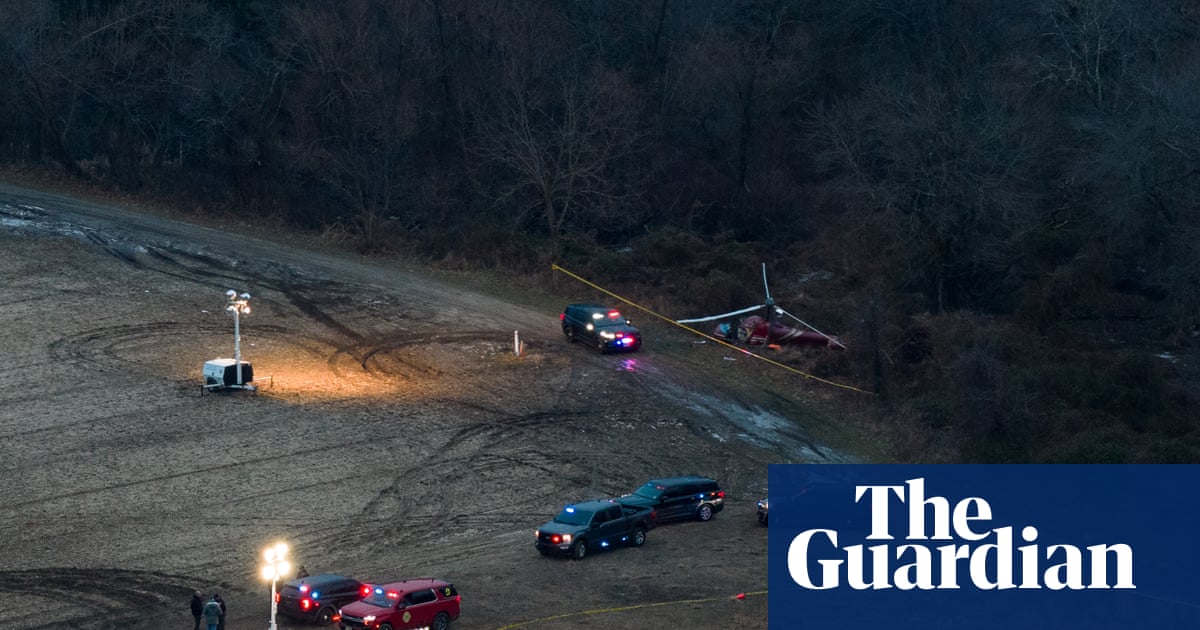Food and agriculture contribute one-third of global greenhouse gas emissions – second only to the burning of fossil fuels. And yet the vast majority of media coverage of the climate crisis overlooks this critical sector, according to a new data analysis from Sentient Media.
The findings suggest that only about a quarter of climate articles in 11 major US outlets, including the Guardian, mention food and agriculture as a cause. And of the 940 articles analyzed, only 36 – or 3.8% – mentioned animal agriculture or meat production, by far the largest source of food-related emissions.
The data reveals a media environment that obscures a key driver of the climate crisis. Meat production alone is responsible for nearly 60% of the food sector’s climate emissions and yet its impact is sorely underestimated: a 2023 Washington Post/University of Maryland poll found 74% of US respondents believe eating less meat has little to no effect on the climate crisis.
Sentient Media analyzed the most recent online articles about climate change from 11 major U.S. outlets – the Guardian, Boston Globe, Chicago Tribune, CNN, Los Angeles Times, New York Post, New York Times, Reuters, Star Tribune, Wall Street Journal, and Washington Post. Opinion pieces, syndicated stories, and articles that mention climate change only in passing were excluded.
The final group of 940 stories was collected using artificial intelligence and then reviewed individually for accuracy. Of all the causes surveyed in the report, including mining, manufacturing, and energy production (55.9%); fossil fuels (47.9%); and transportation (34%), livestock and meat consumption were by far discussed the least.
Sentient Media’s editor-in-chief, Jenny Splitter, who helped oversee the report, said she had long noticed the omission as a reporter covering the intersection of climate and food. “We thought one way to start the conversation with other journalists and newsrooms was to put some numbers to the question,” she said.
Mark Hertsgaard, the executive director and co-founder of Covering Climate Now, a non-profit that helps newsrooms strengthen their climate reporting, said daily news outlets struggle to emphasize the deeper root causes of climate change – often focusing on incremental updates over the larger why.
“It’s not necessarily nefarious,” he said. “But as the climate crisis has accelerated, it is increasingly indefensible for news coverage of climate change not to make it clear that this crisis is driven by very specific human activities – primarily burning fossil fuels. And in second place is food, agriculture, forestry.”
Hertsgaard, who has reported on the climate crisis since 1990, said food and agriculture had long been a “gross oversight” in climate circles. The United Nations climate change summit had no dedicated agriculture focus until 2015, reflecting its neglected status in the world of policymakers, thinktanks, and NGOs – which contributed into the media’s illiteracy on the topic, Hertsgaard said.
Dhanush Dinesh, the founder of the food-systems focused thinktank Clim-Eat, said climate organizations sometimes shy away from the topic due to food’s fraught cultural status, which may have helped to keep it from the media spotlight.
“Nobody wants to put themselves out there and tell people what to eat – it’s just too sensitive,” he said. “Even within the [climate advocacy] space, we see it’s quite polarizing.”
That tension isn’t always so organic. When a 2019 report published by the Lancet showed how reduced-meat diets could feed the world without causing environmental breakdown, an industry-backed coalition helped to fund some of the backlash against it. Beef industry groups take an active approach to messaging, including staffing a 24/7 “command center” in Denver that scans social media for negative stories and deploys counter-messaging.
Journalist Michael Grunwald said that the food conversation today is lagging about twenty years behind the energy and fossil fuels conversation. He spent years covering climate issues for outlets including Time, Politico and the Washington Post before he started to see the links between the food on our plates and changes in the atmosphere.
“I didn’t know squat,” he said. “Here’s this important part of the climate equation that I was spectacularly ignorant about. And I realized others probably were, too.”
after newsletter promotion
Grunwald’s new book, We Are Eating the Earth, unpacks how dietary choices shape the planet’s surface, playing a massive role in its ultimate fate. That is in part because ruminant livestock – particularly cattle – are a major source of methane, a potent greenhouse gas, that warms the planet 80 times faster than carbon dioxide.
But feeding billions of farm animals also takes up a lot of space. Half of the earth’s habitable land is already devoted to agriculture, and most of that – about 80% – is grazing pasture and cropland for animal feed, making meat consumption a major driver of deforestation globally. Today, we clear a soccer field’s worth of tropical forest every six seconds, a loss dramatically worsened by humanity’s growing hunger for meat.
“When you eat a burger, you’re not just eating a cow,” Grunwald said. “You’re eating macaws and jaguars and the rest of the cast of Rio. You’re eating the Amazon. You’re eating the earth.”
And yet this toll tends to be broadly misunderstood, when it is not ignored altogether. Only about 15% of stories analyzed Sentient Media mention land-use changes in connection with the climate crisis.
Princeton senior researcher Timothy Searchinger has spent decades making the case that we cannot solve the climate issue without rethinking how we use land.
“Every tree, after you take out the water, is about 50% carbon. So forests store vast quantities of carbon,” he said. “If we continue to clear forests, we have the capability to dramatically increase climate change.”
That conversion of forest into agricultural land takes an unthinkable toll, responsible globally for as much carbon emissions each year as the entire United States. Meanwhile, the global population is expected to grow from 8 billion to 10 billion by 2050. So fixing the climate crisis will mean growing more food with fewer emissions on the same amount of land – or, ideally, even less land.
“There’s kind of no way to solve the land use problems in the world unless there is moderation of diets – meat consumption, particularly beef – in the developed world,” Searchinger said.
If ruminant meat consumption in wealthy countries such as the US declined to about 1.5 burgers per person per week – about half what it is now, still well over the national average for most countries – that alone would nearly eliminate the need for additional deforestation due to agricultural expansion, even in a world with 10 billion people, according to an analysis by the World Resources Institute.
Though she acknowledges the 3.8% figure is low, Jessica Fanzo, a professor of climate at Columbia University, said she didn’t blame media as much as the challenge of translating scientific consensus into real action – a structural gridlock that’s made progress, and therefore storytelling, more difficult.
“Governments are reluctant to push hard on dietary change, livestock emissions, or fertilizer dependence because they trigger cultural sensitivities and risk political backlash,” she said, by email. She also said it is difficult to take action on the vast, decentralized agricultural sector. Climate advocate and author Bill McKibben agreed, pointing out in emailed comments that 20 fossil fuel companies are responsible for much of the world’s emissions, whereas food comes down to the actions of millions of farmers.
Meanwhile, US agriculture policy is mostly geared toward ramping up commodity grain and animal-feed production through subsidies – an approach that prioritizes cheap calories over reducing carbon emissions. And available demand-side solutions, such as meat taxes or meatless Mondays at public schools, risk touching a cultural third rail.
But in this divided environment, media can play a crucial role, said David McBey, a University of Aberdeen behavioral scientist focused on diet-climate links.
“Information campaigns don’t change behavior,” he said. “But they do lay an important bedrock. If you want behavior to change, it’s important that people know why it should change.”

 3 months ago
59
3 months ago
59
